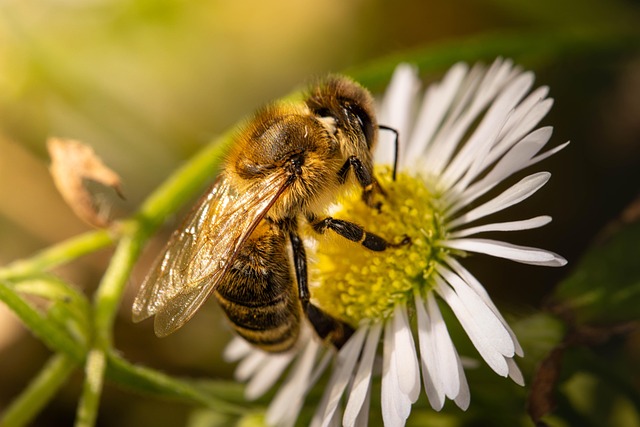Updated: Dec. 18, 2023
Originally Published: June 25, 2011
My 9-year-old son, Jake, blushed and chuckled as he recounted a curious incident from his day. He glanced at me, searching for my reaction, and I strained to mask my surprise, aiming to appear as open-minded as possible. This was a pivotal moment; I didn’t want to squander the opportunity to impart something significant. While my initial urge was to preach—though I wasn’t even certain about what—I decided instead to engage him with questions.
The friend he mentioned was a classmate who had somehow managed to sneak a phone into school. From that phone, he had stumbled upon an image of a naked person, and he’d shared it with his peers. I had always thought such a moment would come during middle school, not in elementary, but as someone who didn’t grow up in the digital age, I lacked a frame of reference for when children typically first encounter explicit content online. Back in my day, it was hidden magazines rather than a universe of images at their fingertips. Nevertheless, I understood the reality that my kids might come across—or intentionally search for—sexual material much earlier than I would prefer. Over the years, I had mentally prepared for what I call “The Birds and the Bees 2.0,” a modern conversation about sex that transcends the basics of reproduction and delves into the complexities intertwined with the Internet.
And so, I embarked on the talk with Jake. Or at least my clumsy, awkward version of it. “You know,” I began, trying my best to sound nonjudgmental, “not all pictures of naked people on the Internet are, um… not everyone in those images has consented to be there. Some individuals are exploited, like modern-day slaves. And some of them are even children.”
Jake looked puzzled. “Wait, you mean kids like me and my brothers?”
I hesitated, wanting to be truthful without scaring him. “Yes, some are. Even older teenagers can be considered kids too. They might take a picture and not realize it could be shared with the entire Internet.”
“That’s terrible,” he replied.
“I know. Some images—and even videos—depict people in ways that aren’t accurate representations of real life. Women, and sometimes men, in those pictures aren’t always treated well. Sometimes they get hurt. Their bodies, well… they often look different from regular people. There’s a lot of makeup, and sometimes they’re altered.” I continued, “When you grow older and truly love someone, and you see real naked bodies…”
“Oh, gross, Mom!” Jake’s hands flew to his face, as if to block out the mere thought of wanting to see another naked body in the future.
“I know it feels gross now, but you still need to hear this,” I insisted. “Most naked bodies in real life won’t look like those on the Internet. I want you to understand that because I love you, and I want you to treat these images—and all people—with respect.”
We talked for a bit longer. He had questions, and I did my best to answer them appropriately for his age. It was a challenging, yet important, conversation.
“Looking at naked pictures isn’t inherently bad. Someday, you might find it intriguing,” I said. “But I want you to think critically about what you’re looking at. Be mindful.”
As I spoke, I saw two versions of Jake: the curly-haired, freckled boy who comes home with dirt on his pants and finds anything remotely romantic repulsive. Yet I also saw the young man he is becoming—someone who will soon navigate crushes and desires for things he currently regards as distasteful.
I wished I could simply declare, “No porn on the Internet!” or “If you want to look up explicit material, check with me first!” But I knew such rules would be ineffective. As he matures, Jake will have access to screens and the vast world of the Internet. While his father and I can monitor family devices, we can’t control what he encounters on his phone or friends’ devices. Studies show that about 43 percent of teens have already seen explicit content online.
The reality is, one day, Jake will likely seek out naked images or videos. I want him—and all my sons—to understand that sex is a beautiful, positive experience. They should approach it without shame or guilt while grasping the importance of consent. They need to recognize that not all pornography reflects actual sexual experiences and should approach it with a critical, mindful perspective.
Therefore, I will continue to engage in this “Birds and the Bees 2.0” dialogue, no matter how clumsy or uncomfortable it may feel. As with many parenting challenges, I recognize that I can’t fully control what my children are exposed to. But I can attempt to shape how they view the world.
For more information on home insemination and related topics, check out this insightful article that offers comprehensive resources. It’s essential to approach these discussions with clarity and openness, just like the guidance found in this excellent resource on pregnancy and home insemination.
